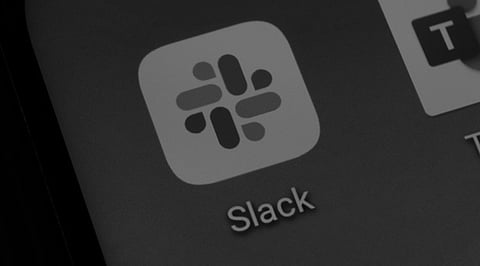

Digital communication is implemented quickly with a variety of ways for individuals and groups to communicate with one another. Instant messaging platforms, especially the ones built purposely for workplace collaboration, have become a daily driver. This transformation has presented lawyers with the challenges of gathering data and evidence. Teams can prepare for future litigation or regulatory investigations by understanding how Slack eDiscovery operates in practice.
Slack eDiscovery is the collective term for collecting, preserving, searching, and reviewing information that has been exchanged via Slack channels and Slack messages. This method will ensure that the right data is available and can be used in legal proceedings. When compared to traditional email discovery, conversations in Slack are often informal, frequent, and span many different channels and threads.
All types of Slack data are discoverable during eDiscovery. It may include direct messages, group messages, file uploads, and even GIFs or reactions. Either one of these can provide great context for conversations. Metadata, like timestamps and account details, is often key in investigations.
Collecting data from Slack presents its own set of unique challenges. Preservation is complicated by the fact that messages may be edited and/or deleted. Hence, the legal teams may use automated tools to pull out the information quickly. The tools assist in keeping the order of messages intact, preserving attachments, and also the context. To maintain the integrity of evidence from Slack, strict protocols must be followed; sometimes the process requires coordination with technical experts.
Most organizations manage their retention policies to avoid data loss. These policies specify the retention periods for Slack data. For example, legal holds are typically applied to avoid the modification or deletion of potentially relevant material. And in actual cases, losing Slack communications resulted in having to pay a price (like sanctions or an adverse outcome).
Legacy search is less effective in the world of volume and variety of Slack messages. Lawyers utilize keywords, date ranges, & participant filters to isolate necessary data. Track trends, sensitive topics, or even deleted or modified content with advanced search capabilities. In real situations, the deletion of one message has been the answer to confusion in various good fights.
After identifying the relevant Slack data, it should be reviewed for confidentiality and privilege. Lawyers review what they can tell other parties involved. Privacy tools allow you to hide sensitive information, but in a way that maintains the context. Presenting Slack data in a clean, structured format allows for easier use of this data in hearings or negotiations.
Slack exchanges have also served as evidence in employment disputes for violations of workplace conduct or policy. For example, project due dates or performance reviews may provide context for the chain of events that resulted in a termination. Slack messages have served as evidence of idea exchanges and project development timelines (and ownership versus innovation claims) in intellectual property cases.
Regulators will sometimes demand Slack data during audits or investigations. Answering such requests as quickly as you can helps in showcasing cooperation and transparency. Failing to maintain complete records creates the basis for penalties or even more attention. When organizations receive regulatory inquiries about Slack messages and related files, they must have a response plan.
Having clear policies is the first step in preparing for potential eDiscovery scenarios. One way that organizations mitigate risk is by training employees on how to use Slack responsibly. Audits of retention settings on a regular basis ensure that data is available when needed. Being prepared for any scenario involving the Slack data requires close collaboration with legal as well as technical specialists.
Slack eDiscovery has been a key element of modern legal action. Knowing how these processes work can allow organizations to secure themselves against more risks and to have a good level of comfort during the process of investigation. When armed with a little foresight and effective communication policies, Slack can be a powerful tool instead of a risk. As digital communication increasingly permeates the daily workflow, compliance and dispute resolution professionals across all teams will continue to prioritize eDiscovery.
Join our WhatsApp Channel to get the latest news, exclusives and videos on WhatsApp
_____________
Disclaimer: Analytics Insight does not provide financial advice or guidance on cryptocurrencies and stocks. Also note that the cryptocurrencies mentioned/listed on the website could potentially be scams, i.e. designed to induce you to invest financial resources that may be lost forever and not be recoverable once investments are made. This article is provided for informational purposes and does not constitute investment advice. You are responsible for conducting your own research (DYOR) before making any investments. Read more about the financial risks involved here.
